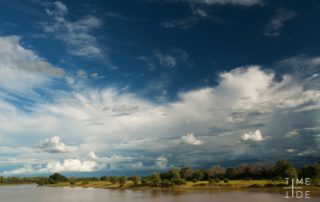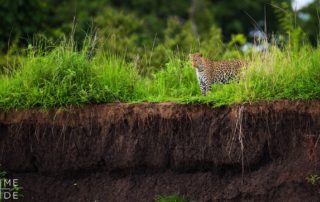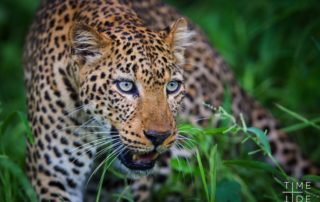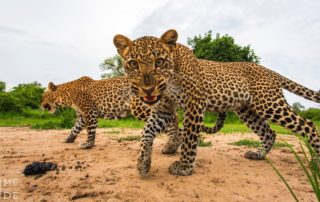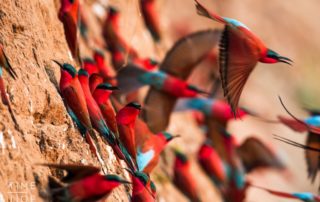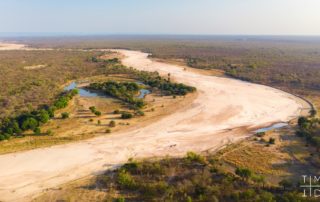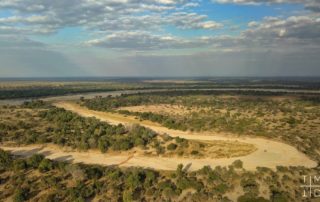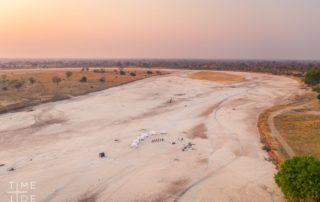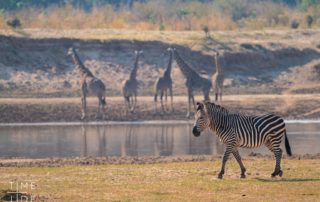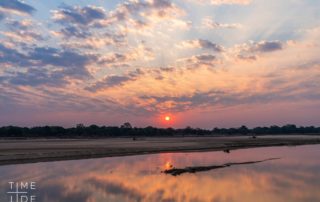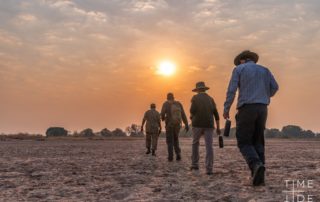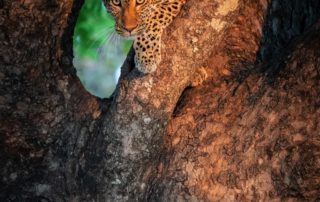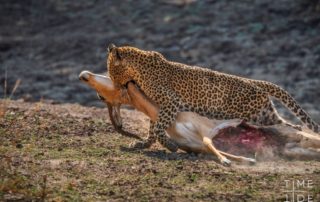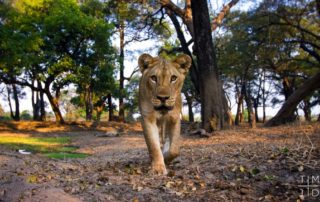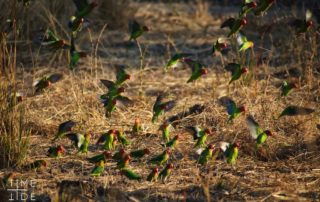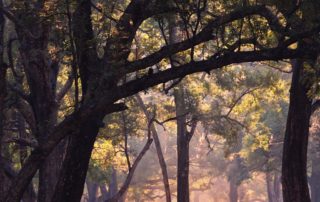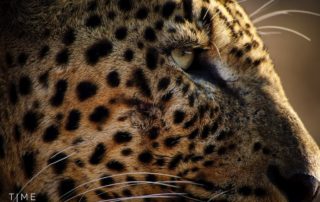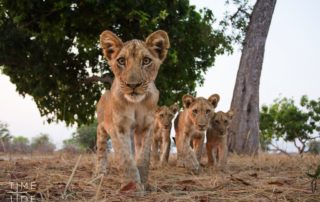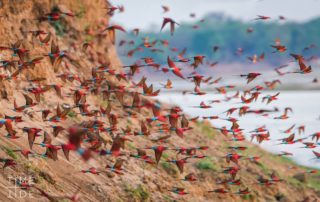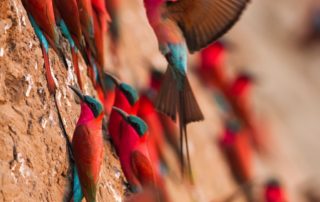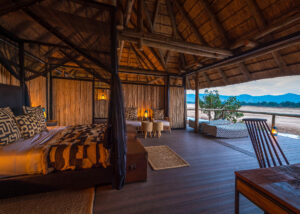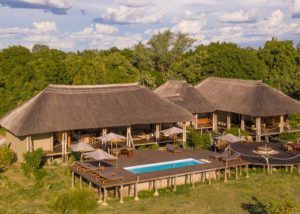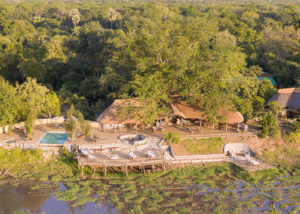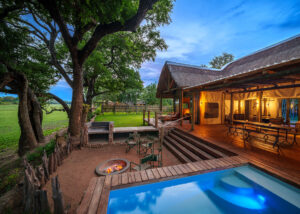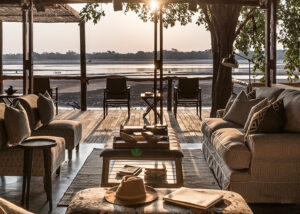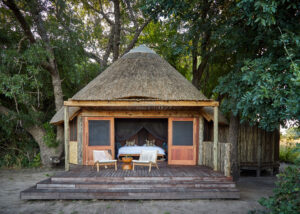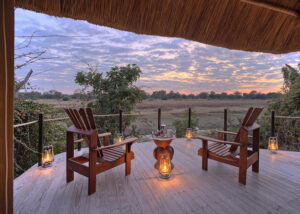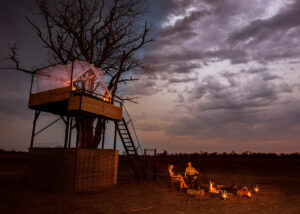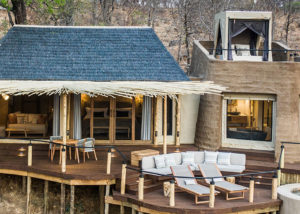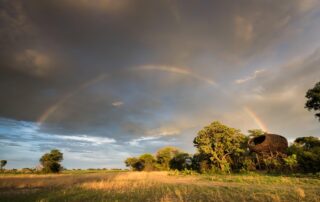SOUTH LUANGWA NATIONAL PARK

Experts have dubbed South Luangwa to be one of the greatest wildlife sanctuaries in the world and not without reason. The concentration of animals around the Luangwa River, and its oxbow lagoons, is among the most intense in Africa.
The Luangwa River is the most intact major river system in Africa and is the life-blood of this 9 050km2 / 5 623mi² park. It protects a wide variety of wildlife, birds and vegetation. The now famous ‘walking safari’ originated in South Luangwa and is still one of the finest ways to experience Africa’s pristine wilderness first-hand. The changing seasons add to its richness, ranging from dry, bare bush in the winter (April to October) to a lush, green wonderland in the summer months (November to March). There are 60 different animal species and over 400 different bird species in South Luangwa National Park. The only notable exception is the rhino, sadly poached to extinction.
With about 400 of Zambia’s 732 species of birds appearing in the park, including 39 birds of prey and 47 migrant species over summer, there is plenty for the birdwatcher to spot, whatever the season.
An interest in the vegetation of Zambia will enhance your experience of the bush. Some magnificent trees and plants grow in the Luangwa Valley and it certainly adds to the richness of your experience to be able to recognise the different tree species and to discover exotic wildflowers.
Among the more common trees in the valley are the mopane, leadwood, winterthorn, ivory palm, marula and the magnificent tamarind tree. There are some incredible baobab specimens and a few large ebony forests to admire.
MORE INFORMATION
ACCOMMODATION IN SOUTH LUANGWA
There is a wide range of accommodation from which to enjoy all that this incredible park has to offer. Most of the accommodation is found along the Luangwa river’s edge, so you can see hippos, crocodiles, elephants and more without even having to leave the comfort of the deck. In fact, the park’s elephants, hippos, giraffes, vervet monkeys, baboons, bushbuck and more are often even known to wander around within the grounds of the unfenced lodges, adding to the already unique and truly wild African experience that is the order of the day anywhere around here.
NB Please note that “Rates From” could be fully inclusive (may include activities such as game drives and walking trails for example) on some listings and not on others. Contact the establishment you are interested in for specific rates.
FEATURED LISTINGS
WATCH THE LATEST VIDEOS
LATEST NEWS
USD143m Funding for Zambezi Basin
The Zambezi Basin, which encompasses almost the whole country except for the northern half of the northern region, has received a major funding boost from Climate Investment Funds (CIF), which is co-ordinated by the African Development Bank and World Bank. [...]
Sungani Hits Conservation Funding Goal Again
Sungani, which has two lodges in South Luangwa National Park, has again hit its fundraising target, gathering USD62 492 in 2024 to benefit Conservation South Luangwa. To date, it has contributed more than USD130 000 to CSL’s important work and has achieved [...]
That’s a Wrap: Seasonal Lodges to Reopen in 2025
Zambia is unique among Southern Africa’s safari destinations in that many lodges and camps still close for all or part of the summer rainy season from November onwards. With wildlife dispersing and some roads not being passable, this is the [...]



